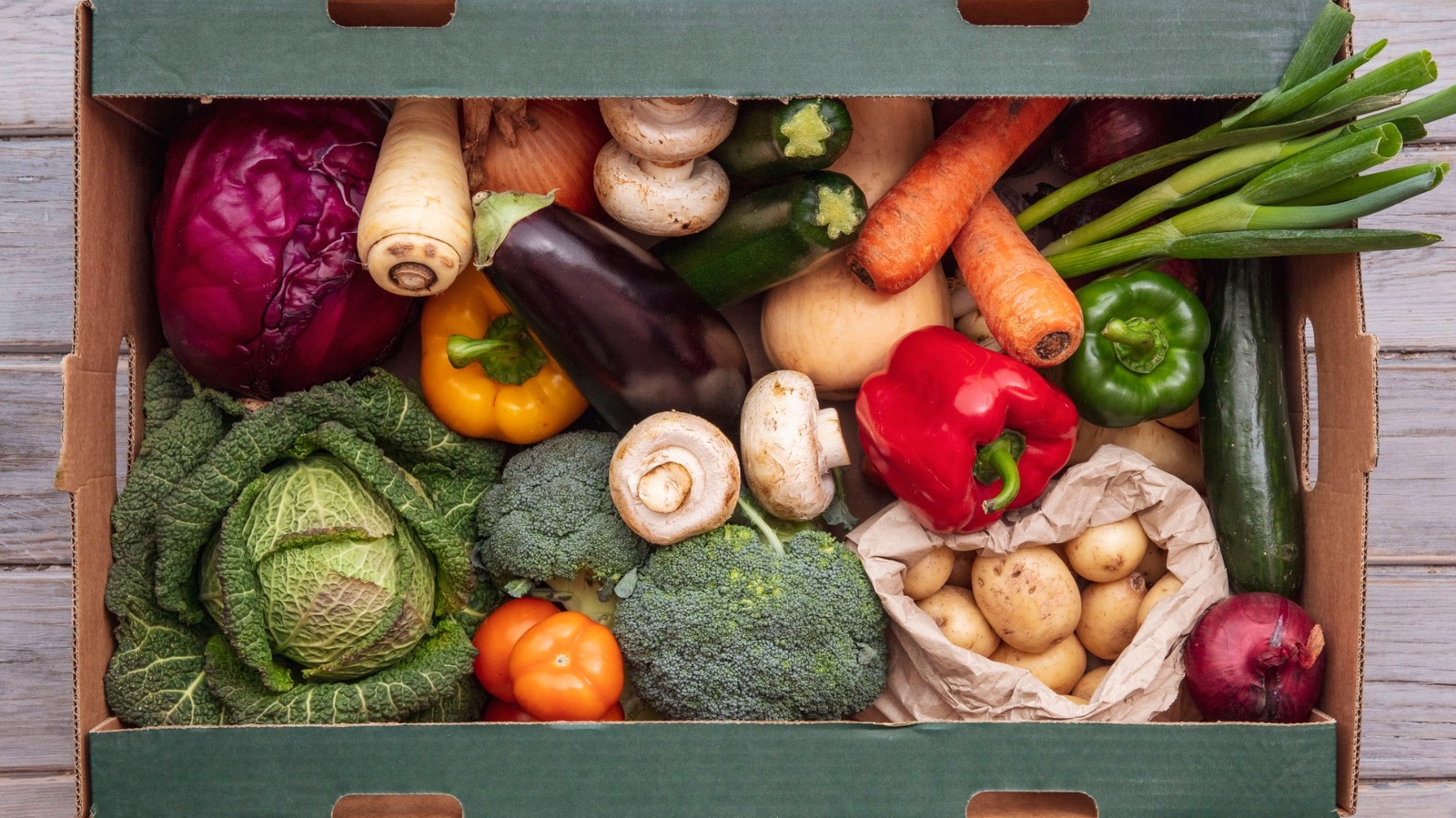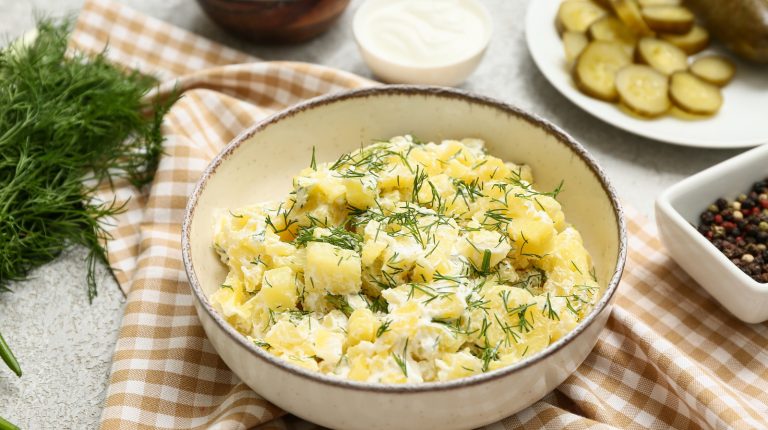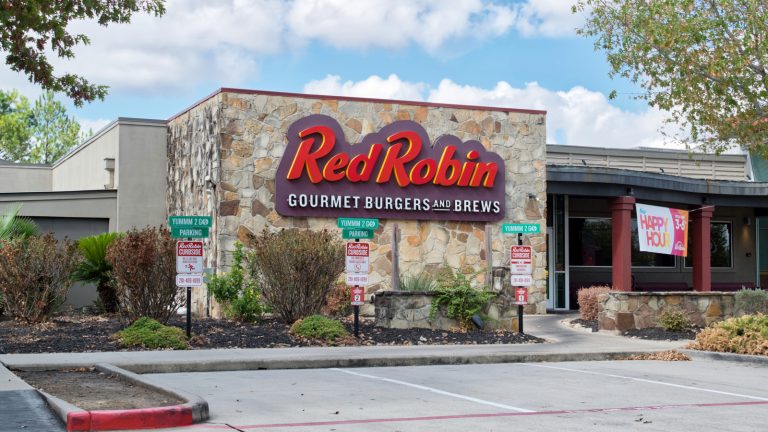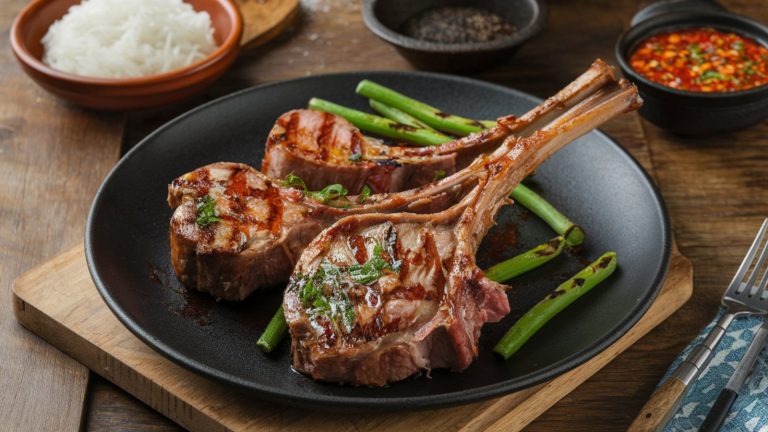Too often, when people think of Idaho and its contributions to the culinary world, they only get as far as potatoes. And sure, in 2023, Idaho produced around 14.3 billion pounds of potatoes, according to the USDA. So, potatoes are a big deal there. But there’s more growing in Idaho soil than just spuds. Idaho is home to a number of iconic foods, and one you should definitely not overlook is its morel mushrooms.
At a store, you might spend up to $50 per pound for morel mushrooms, partially because it’s exceptionally difficult to grow them commercially. They’re considered a delicacy, and if you’ve ever enjoyed fresh morels in your pasta or sauteed in a sauce (such as in our earthy morel mushroom cream sauce recipe), you know just how tasty they can be. But if you head to the woods in Idaho, you can forage and gather up to 5 gallons per day without spending a cent.
Morels grow in places such as mixed conifer forests, and they take especially well to disturbed areas and burn scars. If there’s an area where a fire went through a year or two back, that’s prime ground for morel growth. It may be hard to find a good spot at first, but once you do, you can likely return again and again. Try searching after spring rains and especially wet days, when the mushrooms will be even more abundant.
Know your mushrooms
For a novice, foraging wild mushrooms presents some risks. There are many kinds of edible mushrooms, but many more that can be dangerous. Morels have a distinct appearance, often likened to a mix between a honeycomb and a sponge, shaped like a little cap atop a stem. They’re also hollow inside. Still, false morels may trick you with a similar appearance. Their cap is more brain-like, and their stems — which may have something that looks like fuzzy cotton inside — go all the way to the top of the cap, not just the bottom. The stems are also solid, not hollow. You don’t want to eat a false morel as they are poisonous.
In addition, real morels should never be eaten raw. They contain a toxin called hydrazine, which can cause liver damage. But cooking the mushrooms destroys the hydrazine, and people have been eating them for generations, so don’t worry. Properly prepared, they are harmless and delicious. A lot of people will use a knife to cut morels off at the stem, which is fine. But you shouldn’t cut off morel stems before cooking, as they’re packed with flavor. When foraging, you can pull them directly out of the ground. Evidence shows that pulling them out this way actually helps the spread of new mushrooms later.
It’s not damaging and won’t limit future growth. Morels have a nutty, earthy taste that can have sweet notes. They pair well with onions and garlic, beef, chicken, and seafood. Their texture is firm and almost meaty, while the caps can be crisped. They’re very different from any other mushroom, and meld with other flavors very well. Fresh morels can be stored in a paper or cloth bag in the fridge and enjoyed for about a week. If you want to learn more, here are 10 expert mushroom-foraging tips.






